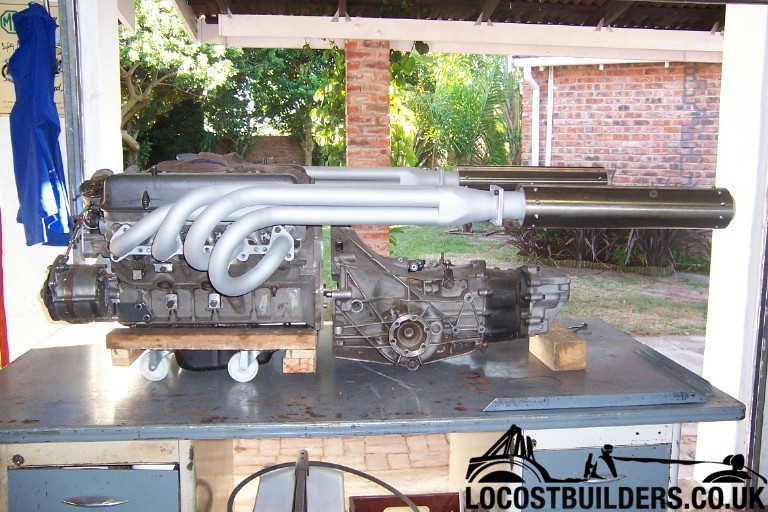Great picture Lynn,
can I pick up on the 'pull back of the piston' you mentioned and say that I think that this and valve overlap are the key things.
First, I think that reversion occurs only at low revs. Tuned lengths come into play at higher revs where the combustion cycle matches the wave reflection time. At low revs this isnt happening because the negative pressure wave has already been and gone, so I feel that tuned lengths and positive / negative pressure waves are not key.
What I think is important is the valve overlap. For a mild cam, the overlap is small, and so the exhaust valve closes before the piston has chance to draw back any exhaust, so this engine will tick over happily at low revs, have good throttle response at low revs, and accept full throttle right away.
For a hot cam, the overlap is much larger, and at low revs the exhaust valve stays open long enough for exhaust gas to flow back into the cylinder on the induction stroke. This results in the need for a higher rpm tick over, gives poor throttle response at low revs, and sometimes a tendency to spit back on full throttle low revs because of mixing of hot exhaust gas with incoming charge.
So, what I think the reversion cones do, is, by increasing local gas velocity, they put a little more kinetic energy into the gas which helps to move the onset of reversion a little higher in revs.
Also if there is any recirculation / backflow near the wall of the pipe, the cone will help to block it.
At higher revs the inertia of the higher exhaust gas velocities helps to draw in charge during the overlap period, and this is enhanced when the exhaust length is tuned to the revs and a negative reflected pressure wave arrives during the overlap period to assist.
That's the deal as I see it, if I have understood it correctly. Guys please pull me up if you think that I am talking about a different effect or have misunderstood something.
can I pick up on the 'pull back of the piston' you mentioned and say that I think that this and valve overlap are the key things.
First, I think that reversion occurs only at low revs. Tuned lengths come into play at higher revs where the combustion cycle matches the wave reflection time. At low revs this isnt happening because the negative pressure wave has already been and gone, so I feel that tuned lengths and positive / negative pressure waves are not key.
What I think is important is the valve overlap. For a mild cam, the overlap is small, and so the exhaust valve closes before the piston has chance to draw back any exhaust, so this engine will tick over happily at low revs, have good throttle response at low revs, and accept full throttle right away.
For a hot cam, the overlap is much larger, and at low revs the exhaust valve stays open long enough for exhaust gas to flow back into the cylinder on the induction stroke. This results in the need for a higher rpm tick over, gives poor throttle response at low revs, and sometimes a tendency to spit back on full throttle low revs because of mixing of hot exhaust gas with incoming charge.
So, what I think the reversion cones do, is, by increasing local gas velocity, they put a little more kinetic energy into the gas which helps to move the onset of reversion a little higher in revs.
Also if there is any recirculation / backflow near the wall of the pipe, the cone will help to block it.
At higher revs the inertia of the higher exhaust gas velocities helps to draw in charge during the overlap period, and this is enhanced when the exhaust length is tuned to the revs and a negative reflected pressure wave arrives during the overlap period to assist.
That's the deal as I see it, if I have understood it correctly. Guys please pull me up if you think that I am talking about a different effect or have misunderstood something.

